|
These days, it seems rhinestone embellished items are everywhere. Jennifer Lopez’s tumblers, Ashley Graham’s strappy sandals, and Carrie Underwood’s rhinestoned top. Yet, purchasing bedazzled items can be quite pricey. Thus, you may want to consider beginning a blinged out project. However, newcomers to the world of bling may find all the options overwhelming. Today, let’s review some guidelines for picking the perfect rhinestone size for your project.
“ss”: The Rhinestone Size Unit First, if you’ve never purchased rhinestones before, you’ll probably be confused about the unit of measurement used by manufacturers. The “ss” or stone size term traces back to when gem collectors sought naturally occurring quartz along the Rhine River. Although gem hunters have long since depleted this natural resource, manufacturers continue to use this measurement. Typically, retailers of crystal components will give the millimeter size alongside the “ss” size for comparison. For your convenience, we’ve replicated the rhinestones size chart comparison below:
ss mm ss mm ss mm
3 1.4 8 2.35 20 4.7 4 1.6 9 2.65 30 6.41 5 1.8 10 2.85 34 7.17 6 2.0 12 3.1 40 8.54 7 2.15 16 3.9 48 11.11 As you can see, the larger the “ss” number, the bigger the rhinestone. Of course, a larger rhinestone will cover a greater area. However, larger rhinestones are also more expensive than smaller ones. Some experts recommend you begin with your budget or how much you want to spend on rhinestones. Usually, most retailers sell rhinestones by the gross (144 pieces). To find your quantity, take the amount you’re willing to spend and divide it by the cost of the rhinestone. Let’s look at an example: you have $50 budgeted and size 16ss rhinestones cost $10 per gross. This means you can purchase 5 gross (720 pieces). What about 20ss at a cost of $13.50? For this size you can buy 3.7 gross. If your retailer only sells by the gross, you may want to purchase some smaller sizes too. The Design May Help Dictate the Rhinestone Size Sometimes, you may want to just outline a neckline. Usually, a larger size stone like 20ss or 30ss will do nicely. Other times, you may have a particular shape you want to cover in rhinestones. To do so, you need to find the total area you want to cover. For instance, you want to add rhinestones to a pair of sandal straps. First, you need to find the total area of the straps. Let’s say the straps measure 2 inches wide by 5 inches long. This gives you a total area of 10 square inches for one sandal (just double this for both sandals). The chart below shows how many of that particular size rhinestone will cover 1 square inch. Just multiply the area by the number of stones per square inch to get your total:
As you can see, you end up with fractions of rhinestones. Thus, you may want to purchase smaller size rhinestones (5ss, 6ss, 7ss, etc.) to fill in any gaps. Or, you can leave a little space between the crystals. Typically, like choosing a color, the best rhinestone size often is a matter of design preference. Moreover, you’re not boxed into choosing only 1 size. Using different sizes allows light to bounce unpredictably along the design creating more flash. Also, keep in mind, the bigger the rhinestone, the flashier the shine. FAQs about Rhinestones Ready to begin your bling project, but have more questions? Below, we answer a few commonly asked questions. Which Color Should I Pick? Often, choosing a particular color can affect the look of your project. Different hues have varying levels of intensity, saturation, and perceived warmth. Begin by deciding on the look you want to achieve. For example, using triadic colors on your project creates a bold, vibrant look. Typically, choosing a particular rhinestone color is also a personal preference. What Is The Best Adhesive? Usually, all rhinestone glues work great on fabric. However, some adhesives work better on non-porous surfaces like glass or metal. Check with the manufacturer before starting your project. If you’re bedazzling clothing, want a glue that dries clear and is washable. Most popular brands you can purchase in any craft store:
Are Some Rhinestone Brands Better Than Others? Typically, not all rhinestones have the same quality. Some manufacturers use acrylic, others glass or crystal. Also, you’ll find a different arrangement and number of facets depending on the manufacturer. All these factors affect the sparkle, refraction of light, and of course, price. When you want the very best quality for your crystal embellishments, trust Rhinestones Etc. With a huge selection of brand name Preciosa in stock, we can help you look dazzling. Browse our online store for a great selection of colors and sizes.
0 Comments
In 2017, Jennifer Lopez received a bling cup as a gift. Since then, the superstar orders a cup for every occasion fueling the bling craze. However, for most of us, this habit is too expensive. Luckily, it’s simple to create your own. Yet, a beginner may have trouble deciding between the many rhinestone sizes available. You can find rhinestones from the size of a pinhead to the size of a quarter. With so many options, how do you choose the perfect size? Let’s look at some factors that can help you decide. How Many Rhinestones Will I Need? Typically, the most popular shape of rhinestones is the round cut. Moreover, most blinged out template projects will use round rhinestones. However, you can also find these embellishments in many different shapes. Other shapes can change the direction of the light for movement and contrast. Combining shapes like square, baguette, or navette can change the effect and overall finish of your design. Today, we’ll be talking about round rhinestones. First, consider the sort of project you’re about to undertake. Is it for an adult or a child? For example, if you plan to rhinestone something for a child, you might want to use 12ss or 16ss. While if the project is for an adult, you probably want to use a bigger size like 20ss or 30ss. Generally, your choice of rhinestone size will impact how many you’ll need. For instance, smaller rhinestones will cover less area per stone. Thus, you’ll need to purchase a greater number of smaller-sized rhinestones than larger ones to cover a particular space. Additionally, it’ll take you less time to apply bigger sizes. However, larger rhinestones are also more expensive than smaller ones. Style of Your Rhinestone Design Creating a rhinestone design is only limited by your imagination. You can bling out logos, sayings, and pictures to create beautiful clothing and accessories. Moreover, you use rhinestones on water bottles, key fobs, and virtually anything else. Usually, the spacing also helps to determine your quantity. You can place the end to end for an unbroken line. However, putting a little space between your stones can significantly lower the amount you’ll need. Often, using a template can make figuring out the number of rhinestones you need easier especially if it’s an outline. Simply measure the shape of the picture or word you want to use as a design. Sometimes curves or bends in your design may leave gaps. Thus, you may want to use some smaller size crystals to fill in these spaces. Using different size rhinestones also can give depth to your illustration. FAQs about Rhinestones Sizes Usually, you’ll need to purchase rhinestones online. With the added expense of shipping costs, you want to figure out the exact number of rhinestones you’ll need. Plus, if you’re an occasional crafter, you probably don’t want any extra rhinestones laying around once you’ve finished your project. To help you with your purchase, we’ve answered a few commonly asked questions. Why Do Manufacturers Use “ss” to Describe Rhinestone Size? The “ss” designation goes back to when natural rhinestones existed. When collectors picked up this natural resource, they sorted their finds by stone size or “ss”. This designation has remained long after the gem hunters have depleted these natural stones. If you’re not familiar with this type of measurement, you’re not alone! That’s why retailers also give sizes in millimeters. Is There A Standard Quantity Size? Occasionally, you can find vendors selling rhinestones in different quantities, but typically retailers sell rhinestones by the gross. One gross is equal to 144 pieces. Here at Rhinestones Etc. we sell packages in 1 gross and 10 gross packages. Where Can I Buy Quality Rhinestones? Since 2011, Rhinestones Etc. has been selling quality rhinestones. We have excellent customer service and fast processing times. Plus, we have a large selection of rhinestone colors. Browse our online store before you begin your next bling project. Small, medium, or large - it’s a question we’re asked frequently. When there are multiple sizes for the same item, you need to decide which size is best. Sometimes this is an easy task as when you’re deciding on coffee sizes. Occasionally, you may need the caffeine in the large size while on other days, the small will do. Other times, it can be more difficult, like when your choosing rhinestone sizes. Rhinestones are available in sizes from a tiny pinhead to large quarter size, and everything in between. With such a large assortment of sizes, it can be difficult to choose one.
|
KarenI have been adding bling for over 20 years. Through my projects, I hope you find inspiration. Categories
All
Archives
July 2024
|
Home About Policies Return Shipping
Contact Us Size Chart Privacy Products Reviews
Copyright 2024 Rhinestones Etc. All rights reserved.
Contact Us Size Chart Privacy Products Reviews
Copyright 2024 Rhinestones Etc. All rights reserved.

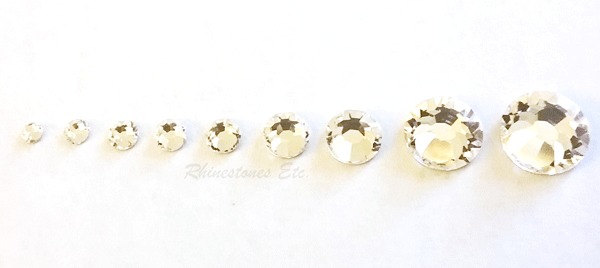
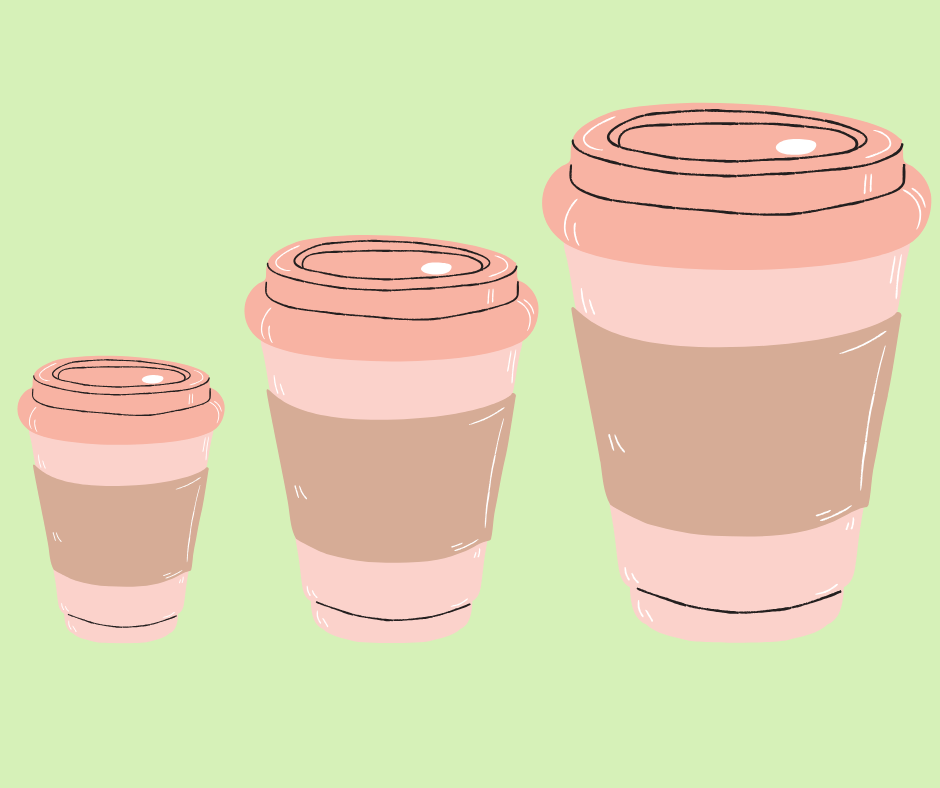
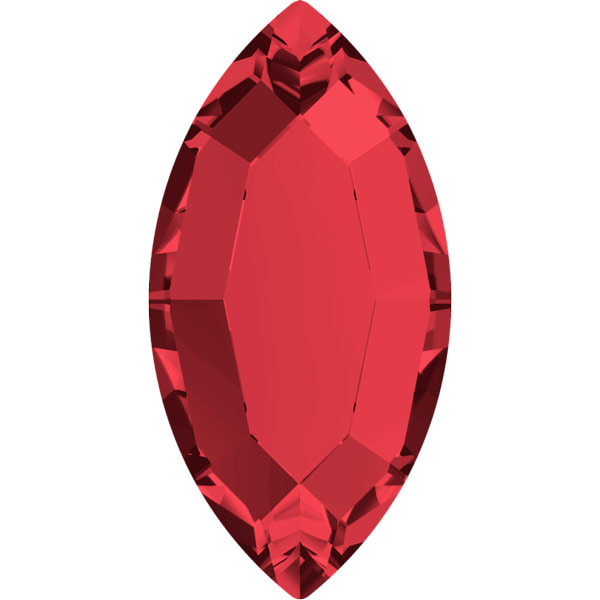
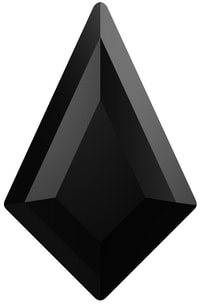
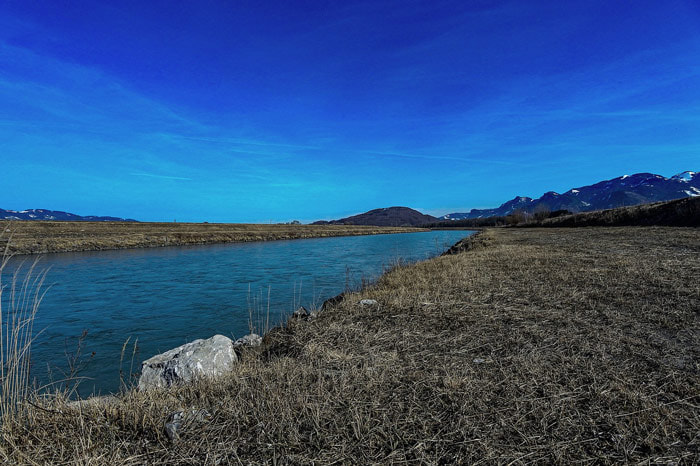
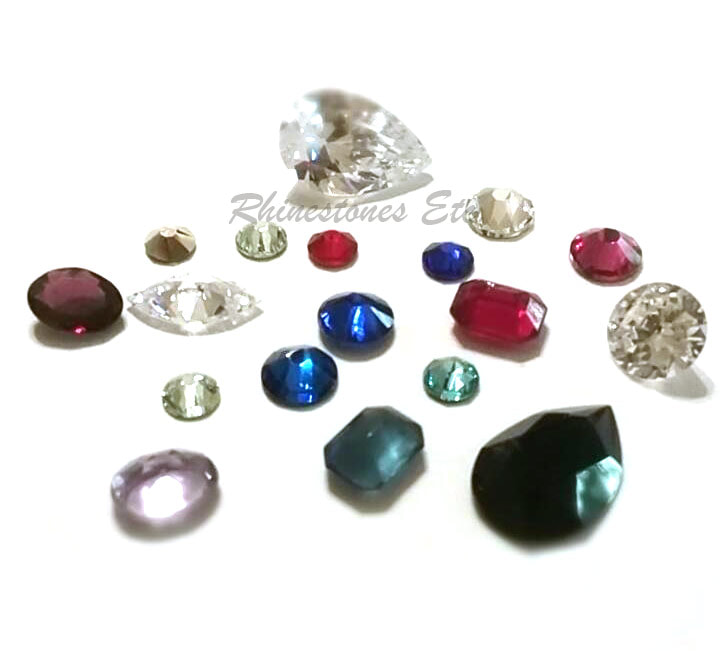
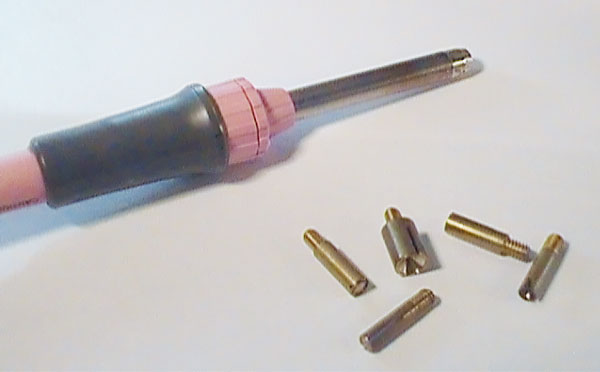
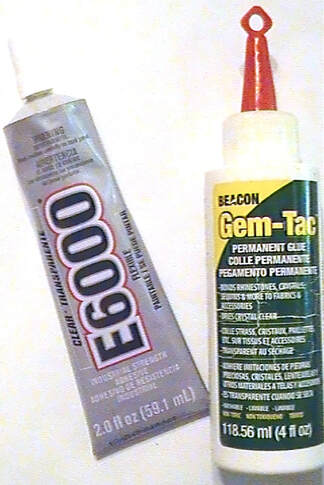

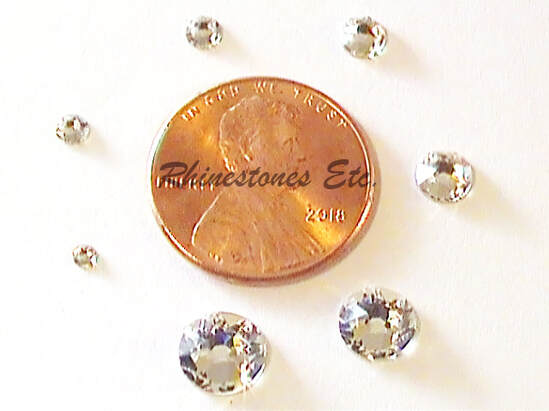
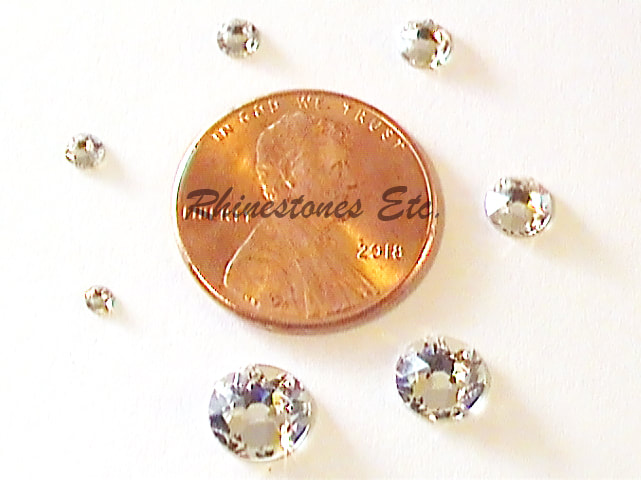
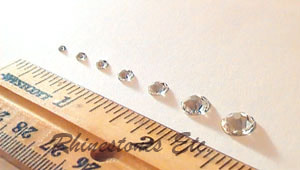
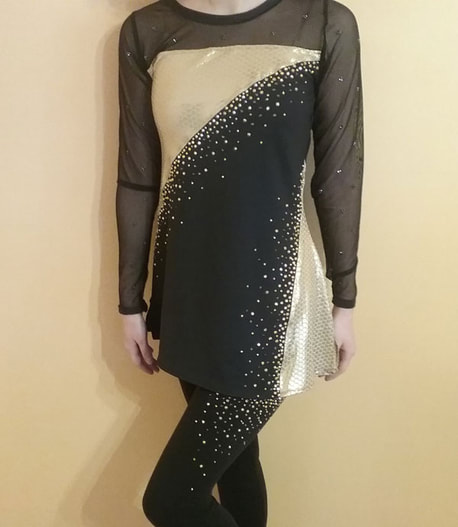
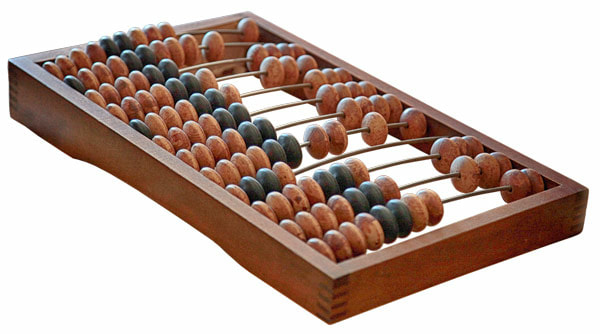
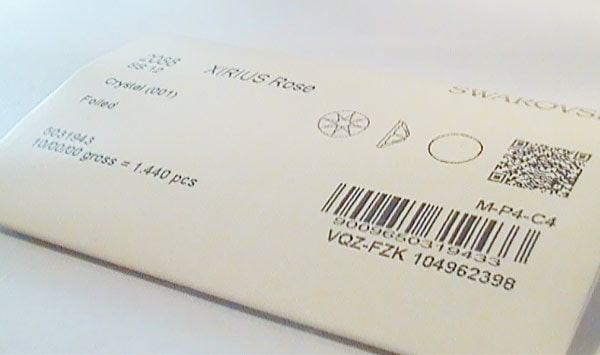
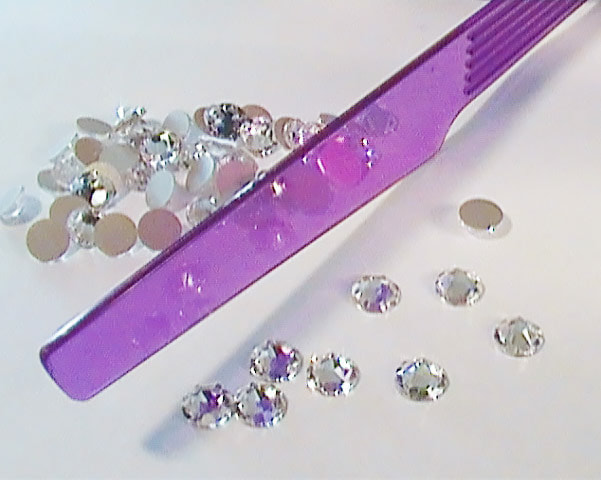

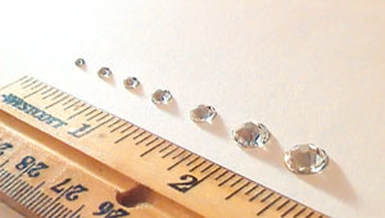

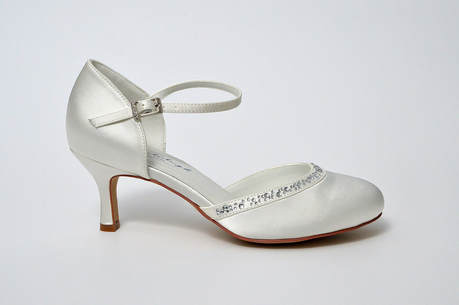
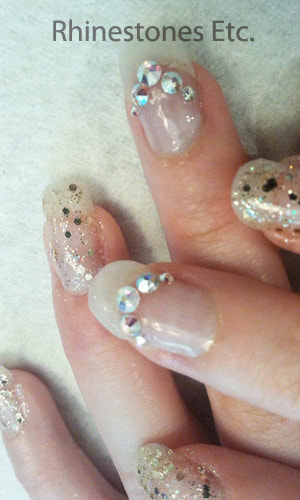
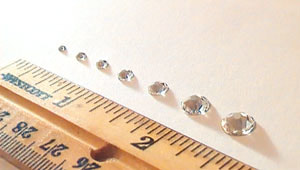
 RSS Feed
RSS Feed